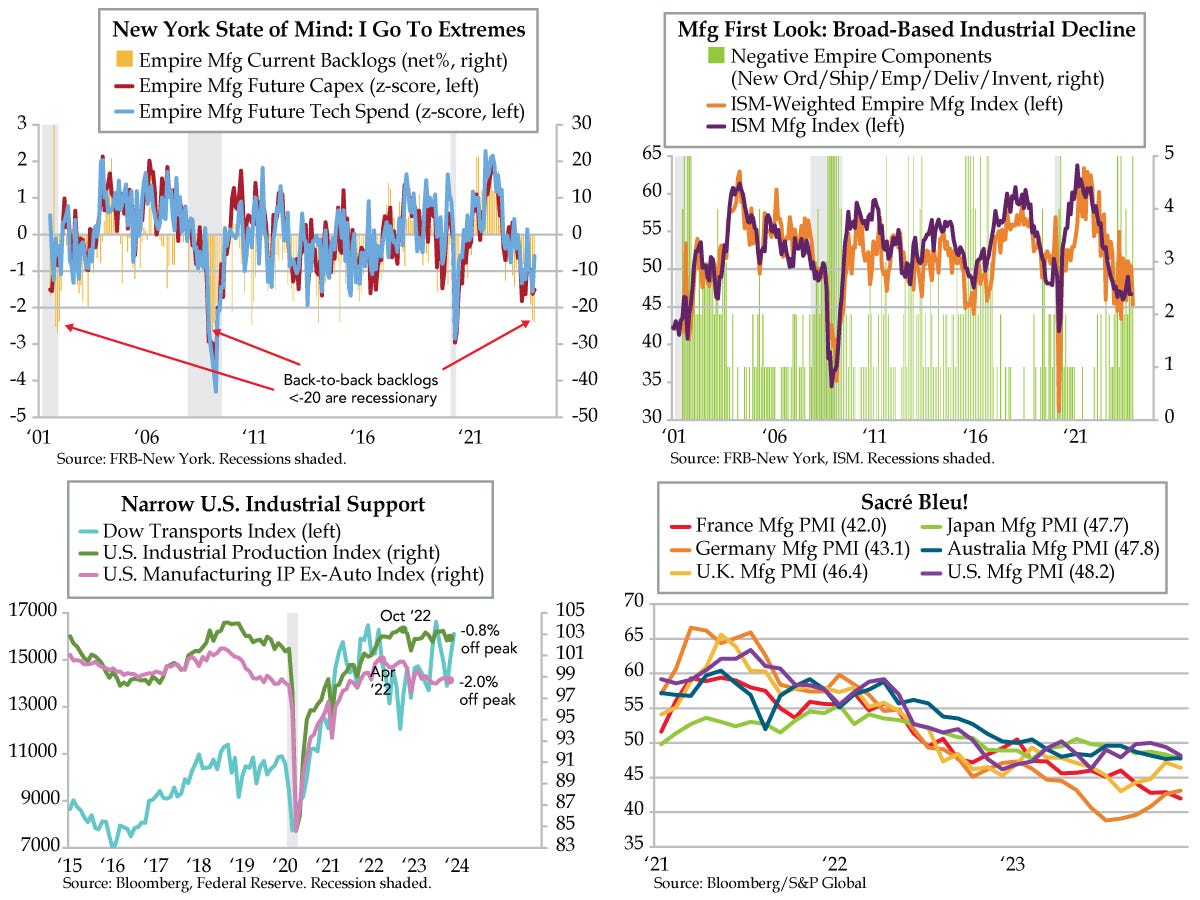The Daily Feather — Less K-I-S-S-I-N-G
First came the Second World War, then came marriage, then came baby in a baby carriage! An estimated 76 million babies were born in the United States between 1946 and 1964. It wasn’t until the tail end of that boom that the most premature of the lot had a fighting chance of celebrating their first birthday. In 1945, the infant mortality rate was 51 for every 100,000 births. By the time Yale New Haven Hospital in Connecticut welcomed preemies to the first neonatal intensive care unit, that number had fallen to 31. A full halving of that, to 20, awaited the medical advances promised with the birth of Louise Brown, the world’s first test tube baby, in 1978. Countless couples who’ve been blessed with children using in vitro fertilization can attest to how far the treatment of premature babies has come. That infant mortality has slid under 7, a hair of a fraction of 1800’s level of 463, is doubly remarkable given the percentage of births that were premature has risen one percentage point to 10.4% from 9.4% since 1980.
The most vulnerable babies will no longer receive care at Fresno’s Community Regional Medical Center, which announced Friday that it was closing its Pediatric Intensive Care Unit. A lack of demand for the beds was provided as the motivation to discontinue care, a reflection of deteriorating demographics. According to the U.S. Census, a record 25% of 40-year-olds have never been married, a fivefold increase since 1980. The dwindling volume of wedding bells ringing highlights the reduced economic growth generated by Millennials vis-à-vis Boomers. A deep demographic dive undertaken last year by Zelman & Associates found that in the next five years, the population growth of those ages 35-44 will average 1.2% or 0.6 million per year. That contrasts sharply with the leading edge of the Boomers, whose growth was 4.5% annually, or 1.3 million a year.




